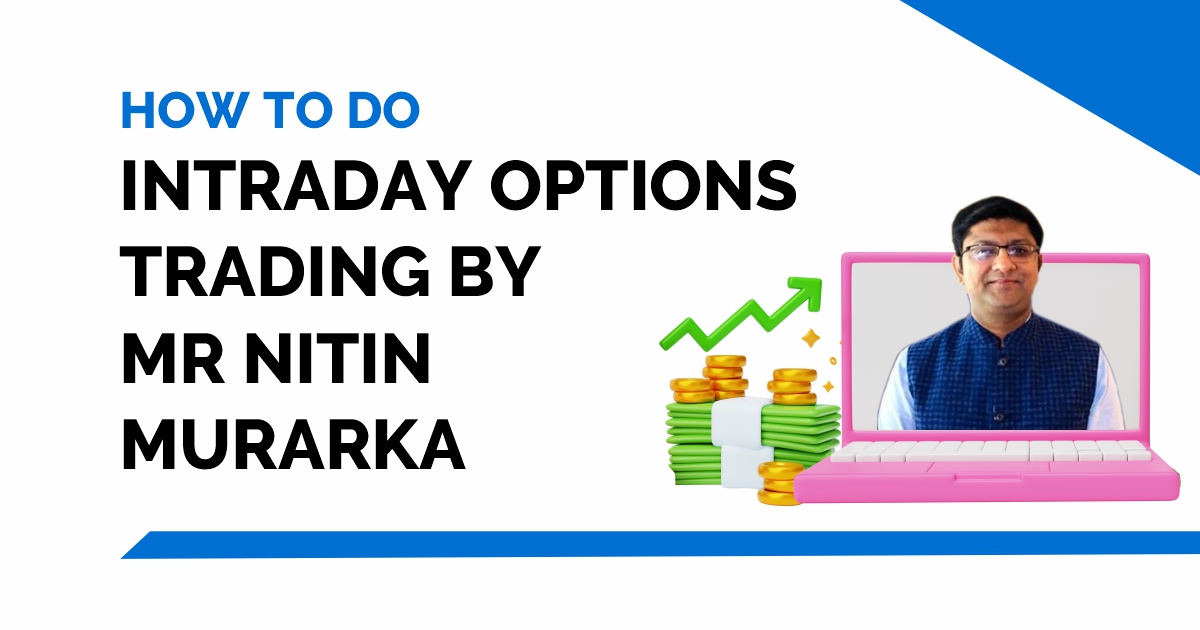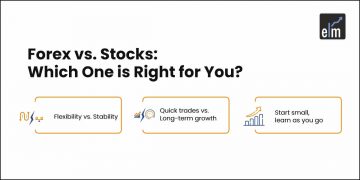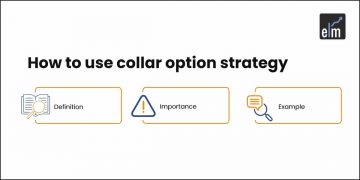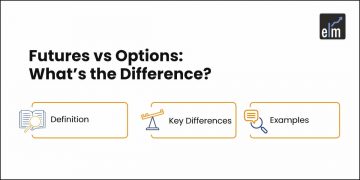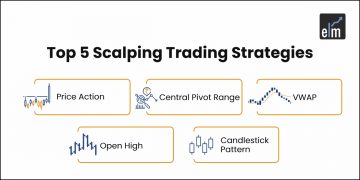In an interesting session as a part of the highly popular Face2Face series, conducted by Elearnmarkets, Mr Vivek Bajaj, Co-founder of Elearnmarkets, invited Nitin Murarka, a successful stock market investor with many years of experience, to decode How to do Intraday Options Trading?
This blog is dedicated to all our intraday traders and those who are aiming to be successful intraday stock traders. So, there is no better person than Mr Nitin Murarka to learn about intraday trading as he is running a huge proprietary trading firm. In the video, he will share his firm’s own trading secrets with all of us, a secret that has made him huge multifold profits.
The blog starts with a brief introduction of Mr Murarka, where he talks about his journey in the stock markets. He will also talk about his learnings from D. Agarwal, the head of SMC Global.
He has tried and tested many strategies for Options trading but will be sharing one of the most profitable Option strategies that his prop-desk uses too!
Basics of Option Chain for Options Trading
Now you need to understand that this is options data that many people use and watch, but we made it to analyse in a different way.
So let us understand this options chain. This data on a particular date is around 11, and the concept we are using in this is that if you are doing intraday trading then minimum around 10:30–11:00 am.
One should see the data and then you will get better accuracy. If you take the trade in the opening only at 9:15-9:30 then you will not get more accuracy.
If you see the data from the morning and take the trade after 11, you will get more accuracy.
You have to do that in excel; you need to import/export the data. You will require a strike price which you are seeing, then the last traded price;
You can see the open interest change of open interest. I am telling you of the call side, this is of the call side. And we have something on the put side, there is strike price, last traded price, and open interest.
Now in this full data, I will focus on how to make profits in the intraday trading Since the weekly options have come, the intraday options in one day from 50 becomes 100, and 100 becomes 50, so these are very good opportunities in intraday and to make profits in the index options. So, this model works best the intraday.
So basically, the objective is how to make a profit in the index of the intraday. In this table, you only need to focus on open interest, the open interest of calls, and the open interest of puts, so basically, the at-the-money strikes 4-5 points above and below the at-the-money.
So, if the money is at 12200, then I have taken 6-7 strikes above and below the at the money.
There should be equal strikes on both sides and then I need to calculate how much is the total change of open interest on the call side and how much is the total change of open interest on the put side.
We have found the logic behind this that we saw in our broking house in SMC and also in other broking houses that the interest of the retail clients is more at the options buying.
90% of the clients buy options as they have limited funds, their risk-taking capacity is limited, and they have more interest in buying in more creating volume on the buying side, so we have assumed that whatever change is in the open interest is changing because of buying from the retail investors.
This 49,00,00 change in open interest is because of the retail investors as they are more interested in buying. Similarly, if we see in the put side there is a change of 54,00,000 change in the open interest, we can assume that the retail public is buying.
Now you can assume that FIIs are also buying, proprietary accounts are also buying, hedgers are also buying, and arbitragers are also buying in their positions so basically, take the assumption this is the buying from the retail public and we need to see the sentiments of this in the market if the sentiments are in the buying side or the selling side.
We can see in the data that the retail public is buying 54,00,000 put and buying 49,00,000 call. So their view is more of the selling side and they are more interested in input rather than the call.
How to analyse sentiment in the market through the option chain?
In this table, you only need to focus on change in open interest, change in open interest of calls and change in open interest of puts, so basically, the at the money strikes, 4-5 points above and below the at the money.
So, if the at the money is at 12200 then I have taken 6-7 strikes above and below of the at the money.
There should be equal strikes on both sides and then I need to calculate how much is the total change of open interest in the call side and how much is the total change of open interest on the put side.
We have found the logic behind this that we saw in our broking house in SMC and also in other broking houses that the interest of the retail clients is more at the options buying.
90% of the clients buy options as they have limited funds, their risk-taking capacity is limited, and they have more interest in buying in more creating volume on the buying side so we have assumed that whatever change is in the open interest is changing because of buying from the retail investors.
You can also join our course on Advanced Options Strategies
This 49,00,00 change in open interest is because of the retail investors as they are more interested in buying. Similarly, if we see in the put side a change of 54,00,000 change in the open interest, we can assume that the retail public is buying.
Now you can assume that FIIs are also buying, proprietary accounts are also buying, hedgers are also buying, and arbitragers are also buying in their positions so basically, take the assumption this is the buying from the retail public, and we need to see the sentiments of this in the market,
If the sentiments are on the buying side or the selling side. We can see in the data that the retail public is buying 54,00,000 put and buying 49,00,000 call.
So their view is more on the selling side and they are more interested in input than the call.
How to find best/low-risk entry levels?
So, for the entry, we use VWAP. This green line is the Volume Weighted Average Price. VWAP is the weighted average price of the volumes in the market. So, the trading costs in the market, from morning till now, the average traded price is very useful.
So how do we make new entries? So, make sure that we don’t trade in options before 10:30 am. Before that, we just witnessed what the public in the markets are doing.
If the public is playing long positions or short. If the others are trading in PUTs and are bearish, then my idea is to buy a CALL. But when to buy the CALL is important. After that we see the VWAP. We buy the CALL near the VWAP not too far from it.
So he tries to use the times when the price touches the VWAP, and when it bounces back from the VWAP, that will be my best trade levels. You buy here and you get a quick move. Look, you get a move here. It came till here and came lower again, but the stop loss didn’t get triggers because it is a little wider. So from here, at least 30-40 points lower should be kept as stop-loss futures wise.
But if you trade in Options, then from the VWAP you can place a stop loss 20 points lower. ATM Call Option. So, suppose you bought an ATM call option at 100. If the buying price is near the VWAP, then the stop loss at Rs80 would be an excellent stop loss. Or if you are writing Options or selling PUTs, a 20rupees stop loss would be quite a good idea.
Master intraday options trading with insights from Mr. Nitin Murarka. Enroll in our option buying course now!
You can watch the entire video here
Bottomline
So, in the whole model here, Mr Nitin Murarka wants to emphasise two essential points. First, you have to decide what the direction of the data is. If the market’s data direction is upward, then our direction is also visible.
Secondly, we have to wait for the price to be around VWap. Whenever it’s close to the VWAP then we buy. 90% of the time in a day, the price does come close to the VWap and you get an opportunity like that. You just have to wait patiently for that. It is possible that in a week, 2-3 opportunities you don’t get, but whenever you do, your risk will be low.
Frequently Asked Questions
What is Intraday Options Trading?
Buying and selling options contracts inside the same trading day is known as intraday options trading. Traders seek to profit from the underlying asset’s transient price changes.
How do I get started with Intraday Options Trading?
Open an options-trading-compatible brokerage account to get started. Make sure you comprehend risk management, market movements, and the fundamentals of options trading.
